Fly Rod and Reel: Essential Kits for Beginners and Targeted Fishing Adventures
As someone who has spent countless hours on the water, I understand how important it is to choose the right gear when getting started in fly fishing. A beginner's fly rod and reel kit can make all the difference in having a successful and enjoyable experience. With so many options available, it's essential to find a setup that suits your level of expertise and the type of fishing you'll be doing.

When it comes to targeting specific species like trout or bass, selecting the right fly fishing kit is crucial. A well-rounded kit designed for trout fishing will typically include lighter gear, while a bass fishing kit might offer more robust options for battling larger fish. For those venturing into saltwater fishing, I recommend investing in a fly rod kit specifically designed to handle the unique challenges of saltwater environments.
Understanding the essentials of fly rods and reels is key for novice anglers. The right balance of action, length, and weight can significantly impact your casting ability and overall fishing experience. By prioritizing a quality fly rod and reel kit tailored to your needs, you set yourself up for success in the exciting world of fly fishing.
Essentials of Fly Fishing Kits
When selecting a fly fishing kit, understanding the components and ensuring they fit your needs is essential. A solid foundation will enhance the experience and success of novice anglers in this sport.
Understanding Fly Rods and Reels
A fly rod is typically longer and more flexible than conventional fishing rods, designed to cast lightweight flies efficiently. Common lengths range from 8 to 9 feet, providing versatility for various fishing conditions.
The choice of fly reel affects line control and retrieval speed. Quality reels from manufacturers like Orvis and Redington offer durability and smooth action, which are crucial for managing tippet and backing.
Selecting the Right Fly Fishing Combo
When choosing a fly fishing combo, consider the type of fish you target. For instance, trout fishing often requires a lighter setup, whereas bass or saltwater fishing needs more robust gear.
I recommend starting with reputable brands like Rio, Redington, or Orvis. They provide kits that combine rod, reel, and line at an affordable price. Ensure the setup aligns with your casting distance and fishing environments to maximize your success.
Fly Fishing Kits for Different Types of Fish

When selecting a fly fishing kit, it's important to consider the type of fish you are targeting. I will focus on specialized kits for trout, bass, and saltwater species, detailing the essential components and techniques for each.
Trout-Specific Fly Fishing Kits
For trout fishing, I recommend kits that include a lightweight fly rod and reel, typically in the 3 to 5 weight range. This setup allows for more delicate presentations in rivers and streams.
Key components of a trout kit include:
- Rod Length: Usually between 8 to 9 feet for better casting accuracy.
- Fly Selection: Basic dry flies and nymphs, such as Adams and Pheasant Tail, are essential.
- Leader and Tippet: A 4X or 5X tippet will provide a good balance between strength and invisibility in clear waters.
- Fly Box: A compact box for organization helps access flies quickly during a fishing trip.
Optimizing Kits for Bass Fly Fishing
When targeting bass, my choice is a heavier rod, about 6 to 8 weight, to handle their size and strength. Bass fly fishing often requires quick action rods, which improve hook sets against their powerful strikes.
Important kit elements include:
- Baitfish Patterns: Streamers like Clouser Minnows will attract bass effectively.
- Leaders: A heavier leader of 0X to 2X provides durability against their sharp teeth.
- Casting Techniques: I utilize popper flies in warmer months, focusing on topwater action.
Having a dedicated fly box for bass patterns allows for quick transitions based on fishing conditions.
Saltwater Fly Fishing Essentials
For saltwater fishing, I prefer a robust fly rod kit, typically in the 8 to 10 weight range. The increased line weight helps cast larger flies over longer distances, which is necessary for species like tarpon or bonefish.
Essentials to consider include:
- Reel Quality: A sealed drag system is crucial for fighting powerful saltwater fish.
- Saltwater Flies: Clouser minnows and crab patterns are key for attracting various species.
- Leader Materials: Use a shock tippet of 20 to 30-pound test to withstand the harsher environments.
Lastly, I ensure that my fly box is waterproof to protect against corrosion from saltwater exposure.
Branding and Quality in Fly Fishing Equipment

The branding and quality of fly fishing equipment significantly affect the angling experience. Choosing the right brands ensures a combination of performance, durability, and overall satisfaction.
Industry-Leading Brands and Products
When selecting fly rods and reels, industry-leading brands like Sage, Orvis, and Redington stand out. They are known for their exceptional craftsmanship and innovative technology. For example, Sage rods offer lightweight materials and precise action, enhancing casting accuracy.
TFO and Echo provide affordable options without compromising quality. Their fly rods cater to beginners and experienced anglers alike, ensuring a smooth learning curve.
Scientific Anglers and Rio are top choices for fly lines, offering a range of specifics for different fishing conditions. Their products improve line control and presentation. Pairing these brands together will elevate your fly fishing experience, whether for trout or saltwater species.
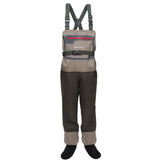
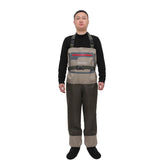
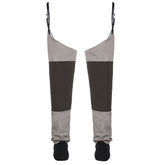
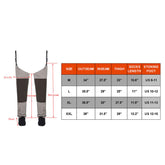
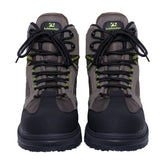
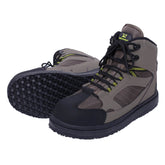
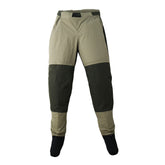
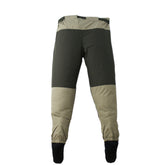
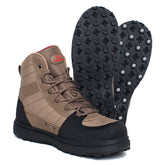
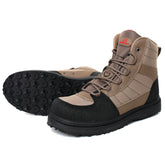
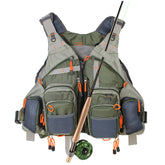
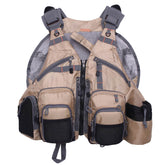
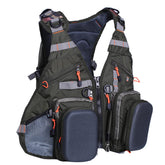
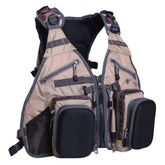
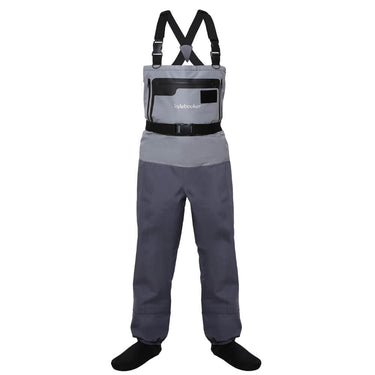
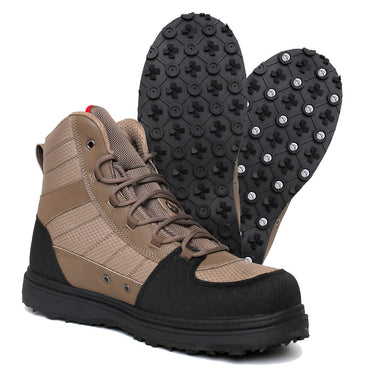

Leave a comment
Please note, comments need to be approved before they are published.